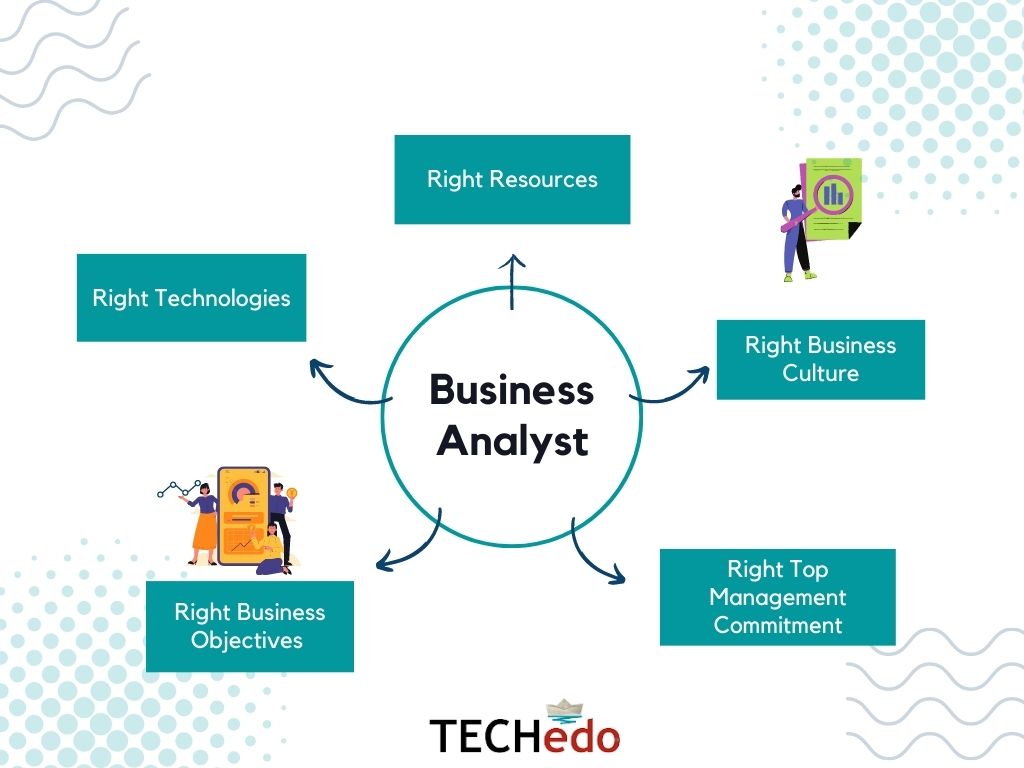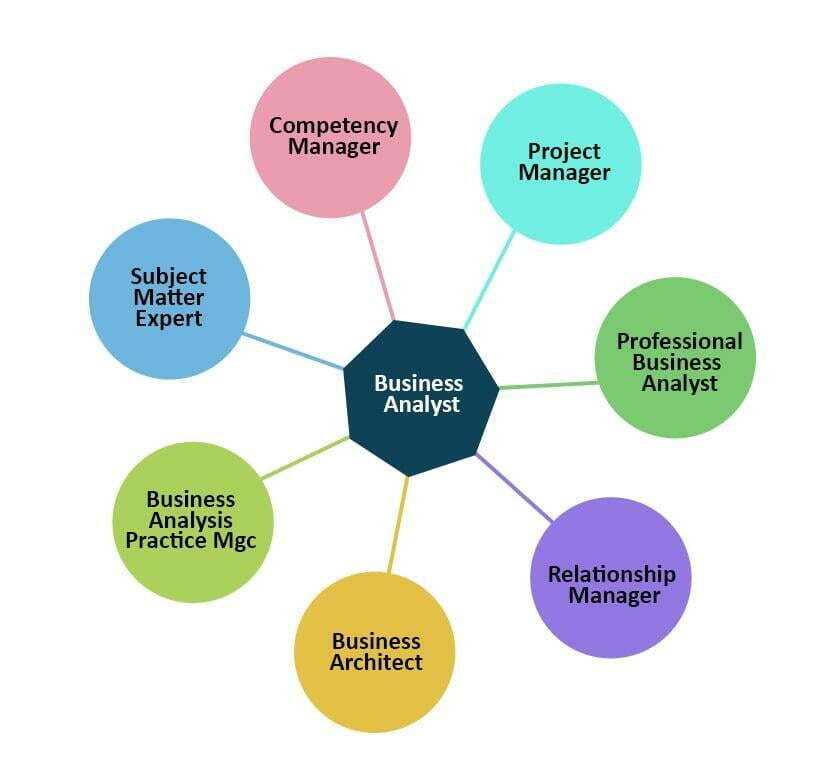Blog Details
Business Analyst Course Syllabus Key Topics and Skills Explained

Business Analyst Course Syllabus: Key Topics & Skills Explained. Discover the Business Analyst Course Syllabus: Key Topics & Skills Explained! Learn essential skills & concepts to boost your career today!

Introduction to Business Analyst Course
The Business Analyst Course Syllabus: Key Topics & Skills Explained serves as a roadmap for aspiring analysts. By understanding the curriculum, students can prepare for a field that is crucial in interpreting data, assessing business processes, & driving change within organizations. The skills imparted through this course are essential across various industries. The syllabus typically covers analytical techniques, methodologies, & the tools necessary for success in the role of a business analyst. Having gone through such a syllabus myself, I can attest to its importance in laying a solid foundation. It equips learners with practical knowledge & theoretical frameworks that are vital for real-world applications.
Core Concepts of Business Analysis
One of the core sections in the Business Analyst Course Syllabus: Key Topics & Skills Explained is the exploration of fundamental concepts. This includes the role of a business analyst, the significance of stakeholder engagement, & the importance of deriving actionable insights from data.
A business analyst acts as a bridge between the IT department & business stakeholders. Their responsibilities often involve gathering requirements, analyzing business needs, & communicating insights to facilitate improvements. On top of that, stakeholder engagement is crucial; maintaining open lines of communication ensures that everyone is on the same page. Understanding how to identify & engage stakeholders effectively can deeply influence project success.
The syllabus typically includes methodologies such as SWOT Analysis, Business Process Modeling, & various types of requirements elicitation techniques, which empower analysts to make informed recommendations. Mastering these concepts enables students to play a pivotal role in organizational growth & efficiency.
Key Analytical Methods
Analyzing & interpreting data is at the heart of what a business analyst does. Under this section of the Business Analyst Course Syllabus: Key Topics & Skills Explained, various analytical methods are introduced. Common methods include descriptive analytics, predictive analytics, & prescriptive analytics each serving a unique purpose.
Analytical Method Description
Descriptive Analytics Analyzing past data to determine trends & patterns.
Predictive Analytics Using historical data to forecast future outcomes.
Prescriptive Analytics Making recommendations based on analysis of data.
Through this part of the course, students learn how to apply these methods using tools such as Excel, R, & SQL. Practical exercises often accompany theoretical lessons, helping learners gain hands-on experience in real-world scenarios.
Data Visualization Techniques
Data visualization plays a crucial role in conveying insights effectively. Within the Business Analyst Course Syllabus: Key Topics & Skills Explained, various visualization techniques are explored. Tools like Tableau & Power BI are commonly used in the industry for this purpose.
Charts: Bar, line, & pie charts facilitate quick comparisons.
Dashboards: Provide real-time insights through multiple visual elements.
Infographics: Combine visuals & text to narrate a story clearly.
Learning these techniques enables business analysts to present data in an easily digestible format. Effective visualizations can lead stakeholders to make informed decisions by simplifying complex datasets into understandable insights.
Role of Requirements Elicitation
Requirements elicitation is a vital skill outlined in the Business Analyst Course Syllabus: Key Topics & Skills Explained. This process involves gathering requirements from stakeholders to understand their needs & expectations clearly. Techniques like interviews, surveys, & focus groups are commonly used for this purpose.
This segment of the syllabus delves into effective communication, active listening, & questioning techniques to extract the necessary information. And another thing, students are taught to differentiate between business requirements & functional requirements, ensuring alignment between technical solutions & business goals. Being adept at this enhances a business analyst's capability to provide practical recommendations tailored to stakeholder needs.
Understanding Business Process Modeling
Business Process Modeling (BPM) is another critical aspect of the syllabus. BPM offers a graphical representation of an organization’s processes. This part of the Business Analyst Course Syllabus: Key Topics & Skills Explained covers methodologies such as BPMN (Business Process Model & Notation) & flowcharts.
BPMN Element Purpose
Task An activity or work that needs to be completed.
Event Triggers that affect the process flow.
Gateway Decision points that affect the flow.
Through BPM, business analysts can visualize workflows, identify bottlenecks, & suggest improvements. Mastering BPM enables analysts to impact operational efficiency directly.
Utilization of Modeling Tools
With the increasing demand for efficiency & precision in business analysis, various modeling tools have emerged. Within the Business Analyst Course Syllabus: Key Topics & Skills Explained, students are introduced to popular tools like Lucidchart, Microsoft Visio, & ARIS. Each tool offers its unique features tailored for different modeling tasks.
Lucidchart: A cloud-based solution perfect for collaborative modeling.
Microsoft Visio: Ideal for detailed process mapping & diagramming.
ARIS: Focuses on enterprise-level process management.
Learning these tools enhances the ability to create accurate models that reflect business processes efficiently. Training in such tools is essential for modern business analysts, given the emphasis on digital solutions.
Soft Skills Essential for Business Analysts
In addition to technical skills, soft skills are integral to success as a business analyst. Communication, critical thinking, & problem-solving abilities often form a large part of the Business Analyst Course Syllabus: Key Topics & Skills Explained. Developed through experiential learning & group discussions, these skills help analysts in various ways.
Effective communication skills allow analysts to convey ideas, findings, & recommendations clearly to stakeholders. Critical thinking is paramount when evaluating information & data, helping identify trends & anomalies that may not be immediately obvious. Problem-solving skills ensure that analysts can devise actionable solutions to complex business challenges. Mastering these soft skills is as crucial as obtaining technical knowledge.
Stakeholder Communication Strategies
Internal & external communication is vital for business analysts & is therefore heavily emphasized in the course syllabus. Downtime & misinterpretations can lead to project failures. This segment addresses different strategies for effective stakeholder communication, such as regular updates, feedback loops, & conflict resolution techniques.
Strategy Importance
Regular Updates Keeps stakeholders informed about project progress.
Feedback Loops Encourages continuous improvement through stakeholder input.
Conflict Resolution Aides in addressing challenges within teams effectively.
Mastering these approaches builds strong relationships with stakeholders & ensures that projects stay aligned with business objectives.
FAQs About Business Analyst Course Syllabus
What are the main topics covered in a Business Analyst Course?
A typical Business Analyst Course covers fundamental concepts, analytical methods, data visualization techniques, requirements elicitation, business process modeling, & soft skills necessary for effective communication & problem-solving.
Why are soft skills emphasized in a Business Analyst course?
Soft skills such as communication, critical thinking, & problem-solving are emphasized because they enable analysts to understand stakeholder needs better, convey findings, & develop actionable solutions effectively.
How can I prepare for a career in business analysis?
Preparation can include pursuing relevant coursework, gaining certification, improving technical skills, & developing a strong foundation in business processes. Networking within the industry & seeking practical experiences through internships is also beneficial.
"A well-structured syllabus not only outlines the course content but also empowers students with the necessary skills to excel in their careers." - Mr. Savion Stanton
Business Analyst Course Syllabus
The Business Analyst Course Syllabus: Key Topics & Skills Explained provides a structured approach for aspiring analysts, covering essential skills needed to succeed in the field. By mastering the outlined topics ranging from fundamental concepts to practical tools students become equipped to handle the dynamic challenges that businesses face today. Investing in a comprehensive course can lead to opportunities that can significantly impact career trajectories. Ultimately, the skills acquired will pave the way for impactful contributions in the realm of business analysis.






